BY LINCOLN ANDERSON | A critical hearing on the contentious Soho/Noho rezoning Monday night lasted more than a full five hours and saw scores of people testify, both for and against the plan.
Manhattan Borough President Gale Brewer presided over the marathon affair, part of her land-use review of the proposal under “ULURP.” The full city process can take more than half a year to complete.
Brewer is under a deadline to issue her advisory opinion on the proposed rezoning by Aug. 26, after which the review moves on to the Department of City Planning, before going to the full City Council for a full vote that is binding.
Mayor de Blasio and City Planning are currently in a mad scramble to get the Soho/Noho ULURP approved under the wire before he is term-limited out of office at the end of this year.
The hearing followed the pattern set by previous ones on the hot-button issue: Local residents, most of them longtimers, overwhelmingly spoke out against the rezoning, while young, largely male advocates, presumably mostly from the pro-development group Open New York, supported it. Mixing things up a bit this time, a series of young speakers, saying they were testifying on behalf Village Preservation, raised objections to the plan.
Local residents urged Brewer and the de Blasio administration to shift their focus off of Soho, Noho and Chinatown and instead look at several other large sites that could be developed with up to 100 percent affordable housing. These include 5 World Trade Center, plus a federally owned garage on Howard St.
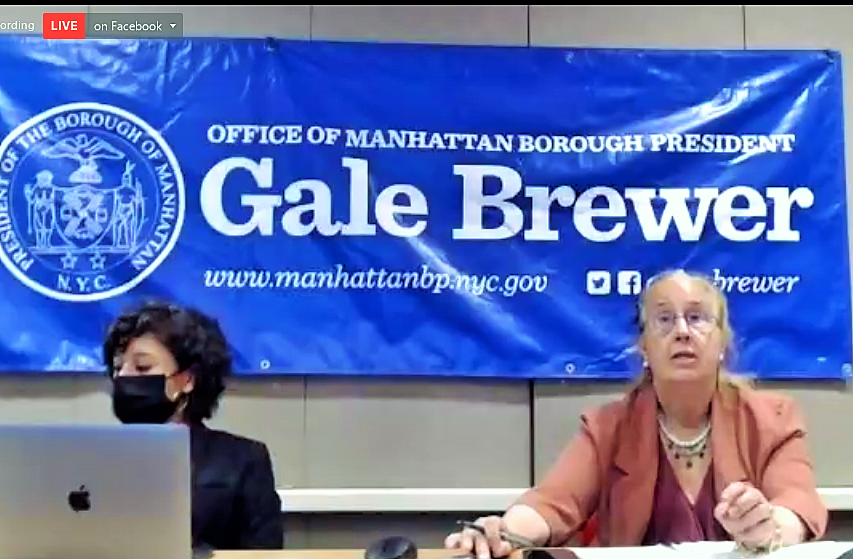
In addition, some called for affordable units to be built on the vacant lot owned by Trinity Real Estate at Duarte Square, at Canal St. and Sixth Ave., that is currently home to the Gitano outdoor party space. Trinity initially planned a large residential tower with a public school in its base for this site, but later swapped in an office-tower project instead. But there has been no headway.
Two local elected officials savaged the rezoning scheme, including Assemblymember Deborah Glick and Congressmember Carolyn Maloney.
“I believe this is an ill-conceived plan by the Department of City Planning,” Glick said. “If it would actually add to diversity in our community, I would support it. But I don’t believe that would be the case.”
Opponents note that the rezoning has major loopholes that would allow market-rate developers to avoid including affordable housing in their projects, such as if they don’t create more than 25,000 square feet of new residential space.
“The area has been disrupted by rampant real estate development,” Glick said, adding, “Rezonings with mandatory inclusionary housing actually ratchet up real estate speculation — and displace more residents than they replace.”
Glick said the city claims rent regulation would protect artists at risk of displacement, “but the protection for artists is thin,” she warned.
Meanwhile, another rezoning just west of Soho — of Hudson Square in 2013, which contains the Duarte Square site — did not live up to its billing, the assemblymember noted.
“What we were promised in Hudson Square was mixed-income housing,” she said. “What we got is a major commercial development.”
Disney is currently constructing a massive full-square-block headquarters building in Hudson Square, on a site bounded by Varick, Vandam, Hudson and Spring Sts.
“Please reject this deeply flawed scheme,” Glick urged Brewer on the Soho/Noho rezoning. “It’s inappropriate and this administration in its last few months should not be in charge of dislocating a community. I believe there are better ways to get affordable housing.”
Maloney said, “I strongly believe that the zoning plan fails to achieve its objective of creating affordable housing. … It seems like they’re rushing it through in the closing days of this administration. It is extremely unfair.”
Not only that, but Brewer’s hearing was held at the end of August, “when everyone is typically on vacation,” the congressmember protested.
“It takes years to create historic districts but they’re destroying one,” Maloney protested. “This is the third rezoning that I have seen that is being rushed through in the closing days of this administration.”
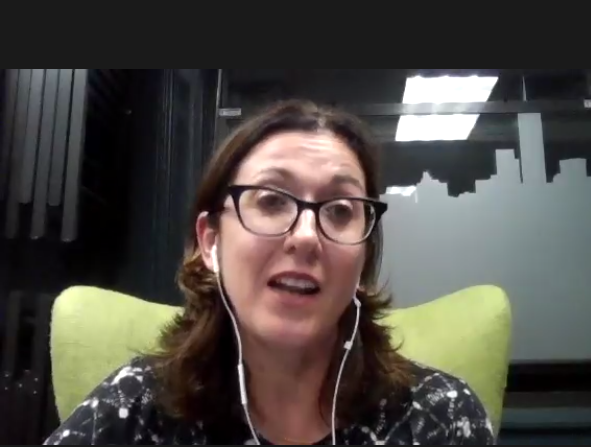
Christopher Marte, the Democratic nominee for City Council District 1, stressed this would be the first upzoning of a New York City historic district since historic districts were first designated in 1965.
Eighty percent of the Soho/Noho rezoning area lies within a historic district. Meanwhile, 43 percent of the development is actually slated for the Chinatown corner of the rezoning area — which is where much of the demolition would occur, probably at least initially.
“No affordable housing would be built under the current plan,” Marte scoffed. Furthermore, he said, Brewer’s support, so far, of the rezoning process “doesn’t jibe” with her “track record” of opposing other rezonings, such as in East Harlem and East Midtown. He warned her that backing the developer-enabling project would ruin her reputation.
“This could be the death blow to the neighborhood,” Marte said. “First, the borough-based jail. Then the pandemic. Now they want to add luxury towers to this neighborhood?”
The family of late Minimalist artist Donald Judd — including his wife, Julie Finch, and children, Flavin Judd and Rainer Judd — all spoke out strongly against the city’s plan. The Judd Foundation is located in Soho at Spring and Mercer Sts.
Finch noted that she and Donald Judd were the founders in 1969 of Artists Against the Expressway, which helped defeat Robert Moses’s plan for a Lower Manhattan Expressway — meant to link the East River bridges and Holland Tunnel — that would have destroyed Soho and Little Italy.
“The plan put forward would turn Chinatown into Hudson Yards,” Flavin Judd warned. “It would be great for fashion companies and developers. It would be horrible for everyone else.”
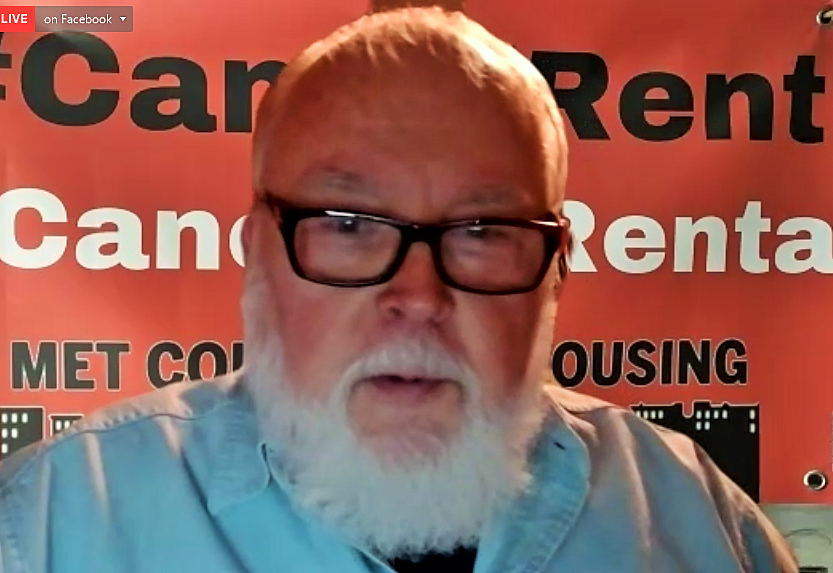
Michael McKee, the treasurer of TenantsPAC, said there’s no way developers would not start demolishing buildings if the Soho/Noho rezoning were approved. Rent-regulated tenants made huge gains two years ago in Albany, but demolition remains a problem, as he explained it.
“The one loophole the Legislature did not close in 2019 is demolition,” he said. “It’s not easy to accomplish it and it’s fairly rare. But if you create an incentive, I think you’re going to see a tremendous upsurge in demolition.
“You’re talking about one of the hottest real estate markets in the coun… in the world,” McKee said. “The incentive for developers to tear down buildings will be irresistible. Developers will be licking their lips.”
He said F.A.R. (floor area ratio, or allowable bulk) should only be increased on currently open sites, like parking lots, and low-rise properties of one or two stories.
McKee said “it’s not worth it” to do a massive upzoning for just 900 affordable units that only might be created as an option under the plan and would not be “really affordable” anyway.
Similarly, Lynn Ellsworth, founder of Human-Scale NY, said, “the trickle-down approach doesn’t work,” in terms of hoping market-rate builders will construct affordable housing.
Pete Davies, a leader of the Broadway Residents Coalition, said the rezoning area’s F.A.R. should not be raised at all above 5 or it would “encourage developers,” both to build and to expand on top of existing structures.
Emily Hellstrom, the president of the largest residential building on Broadway in Soho, made a series of strong points. She noted, in frustration, that the rezoning boosters harp on Community Board 2 allegedly not having created affordable housing of late. But Hellstrom noted that, under the 2013 Hudson Square rezoning, the community board did back a plan to create hundreds of affordable units at the project slated for the St. John’s Terminal site, at Washington and Houston Sts. — only for the developer, three years ago, to switch to a “Plan B” to construct a Google commercial office campus there instead. The area’s politicians ultimately were the ones who allowed this to happen, she stressed.
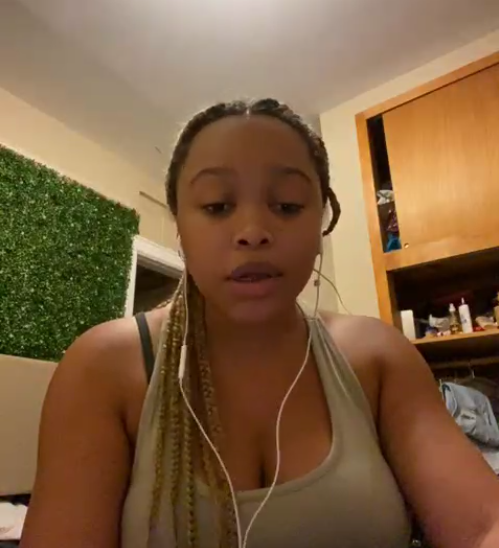
Most of the Soho/Noho plan’s supporters speaking Monday night were twentysomethings, with many of them not living in the proposed rezoning district or even the Village area. Some of them were indignant that they could not currently live in Soho due to its high rents.
One local wondered in the Zoom chat if all the plan’s supporters were in “the same poli-sci class” at New York University.
Some of the rezoning’s supporters also claimed it would even help mitigate climate change. As one of them told it, New Yorkers generally have a smaller carbon footprint than many other Americans. So by packing more people into places like Soho and Noho — which are well served by subways — it would be a net reduction in climate emissions for the globe.
However, Susan Wittenberg, a C.B. 2 member and veteran Soho resident, obejected, “We’re more than a great transit hub.”
Cordelia Persen, executive director of the Noho Business Improvement District, said the rezoning initiative has progressed steadily over the past three years.
“It doesn’t seem rushed to me,” she said. “Let’s get this done and move forward.”
A panel of “experts” assembled by Brewer gave presentations before the public testimony. Some of the panelists clearly had a pro-development agenda. Among them were Jessica Katz, executive director of Citizens Housing and Planning Council (CHPC), and Jerrod Delaine, director of development of Carthage Real Estate Advisors and a professor of real estate studies at Pratt Institute.
In April, writing in The Village Sun, Gerard Flynn laid out how the nonprofit CHPC is, in fact, packed with power players in banking, development and affordable housing.
Erik Botsford, City Planning’s deputy director of Manhattan planning, was another panelist. Throughout the hearing, some antis claimed that another reason no affordable housing would get built is because developers want to build office towers. Botsford noted that residential remains the “highest use,” or most lucrative option for builders. But residents and activists pointed to a 21-story office tower slated for the former B Bar and Grill, on the Bowery at E. Fourth St.
Also on the panel was Mark Dicus, executive director of the Soho Broadway Initiative a.k.a. the Soho business improvement district (BID). He advocated for changes to allow ground-floor commercial use as of right, which is not currently the case in Soho. Of more concern to the opponents, the BID also supports removing the 10,000-square-foot cap on retail space along Broadway and abutting properties along Mercer and Crosby Sts., as well as increasing the height and bulk of these buildings.
Also a panelist, Steve Herrick, executive director of the Cooper Square Committee affordable housing organization, clarified that his group did not support the rezoning. Earlier, Herrick had signed a joint letter calling the effort critical for social justice in Soho and Noho. Cooper Square, though, “had not seen the plan” when he signed the letter, he explained.
Herrick offered ideas on how to make the rezoning more acceptable, for example, by using prime development sites, like the Edison Properties parking lot at Great Jones and Lafayette Sts., to create, as he put it, “a lot more” low-income housing than currently envisioned under the city’s plan.

A late addition to the borough president’s panel, Jeannine Kiely, the chairperson of C.B. 2, noted she was not informed until 1 p.m. the day of the hearing that she would be on it. Kicking off the ULURP review, C.B. 2 in June strongly rejected the Soho/Noho rezoning by a vote of 36 to 1. Yet, Kiely and others noted, the city made no effort to incorporate any of the board’s numerous recommendations into the rezoning plan.
“The final scope of work came out basically unchanged,” she said. “We were a little disappointed.”
The Soho Alliance, due to an e-mail it blasted out Sunday night before the hearing, might well have helped get Kiely put on the panel.
“Sadly, it looks like the borough president has already made up her mind ahead of her deadline and is cynically convening a public hearing with a biased panel to mirror and justify her recommendations, due to come out 48 hours later,” Sean Sweeney, the Soho Alliance’s executive director, wrote in the e-mail.
“Mayor de Blasio’s current proposal to upzone Soho, Noho and Chinatown is a direct result of Borough President Gale Brewer’s 2019 ‘Envision Soho/Noho’ study that she initiated and paid for,” Sweeney added. “Brewer repeatedly assured us that her efforts were simply a study and not preparation for a rezoning. Seasoned activists knew otherwise.”
Joe Lobenthal, a longtime West Villager, said upzoning the six historic districts in Soho and Noho would set a chilling precedent.
“I shudder to think what would happen to the West Village,” he said, “since Soho/Noho seems to be the template.”
Like Soho and Noho, much of the Village is landmarked.

Akeela Azcuy, who grew up in Soho, the daughter of jazz drummer Rashied Ali, did not foresee a good outcome if the neighborhood is rezoned to allow taller buildings.
“With this new upzoning, there will be a new predatory incentive to displace our most vulnerable tenants,” she said.
Eddie Panta voiced the frustration of many who feel the rezoning has been predetermined from the start. Brewer and Councilmember Margaret Chin were the politicians who spearheaded the initiative, along with City Planning.
“You never said it was a rezoning,” he chided Brewer. “It was a rezoning. You said it was a study — and that’s on you.”

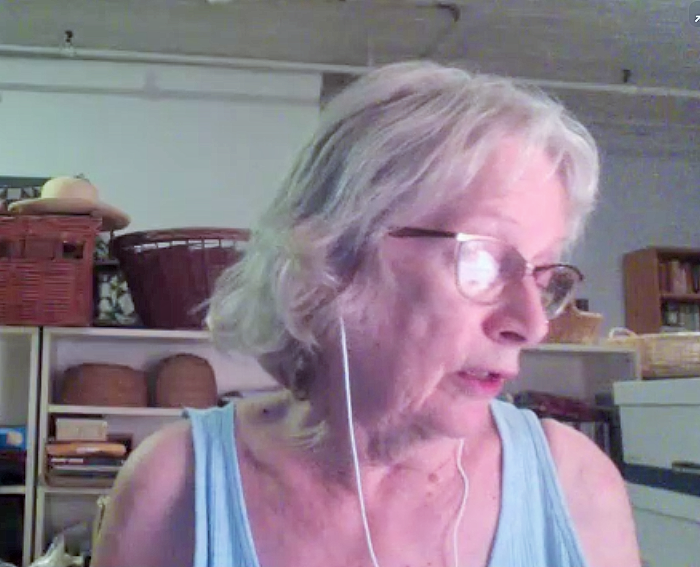
If the SoHo/NoHo upzoning is approved, this plan would allow buildings to be built to 2½ times larger than what is currently permitted. It would promote out-of-scale luxury condominiums, destroy the character of these neighborhoods, and set a dangerous precedent, threatening neighborhoods throughout the city.
Included in SoHo and NoHo are some of the city’s most popular historic districts. The plan, as it now exists, would dramatically alter the scale within those districts. It would also allow the proliferation of large chain “big box” stores, making it more difficult for small, independent and family-owned businesses to survive.
While this upzoning plan is presented as a means to promote affordable housing, the specifics of the plan belie that claim — there are no provisions for explicitly middle- and low-income residents nor for retaining existing affordable housing. The plan would result in neighborhoods that are less affordable, less neighborly and less hospitable.
Great and thorough article. It should be pointed out that most of the people speaking in favor of the rezoning are from a pro-development group called Open NY. The group was founded by real estate developer Ben Thypin. More investigation should go into uncovering the forces and money behind this proposal which would devastate a world-famous district in NYC and a major economic engine for the city. Why would anyone visit if this looks like every other neighborhood/city. Post-pandemic, it is important to keep what is unique and authentic.